The United States is home to some of the largest and most diverse national parks in the world, offering landscapes that range from arid deserts to lush rainforests and icy mountain ranges. Each one has its own unique attractions, ecosystems, and challenges, drawing nature enthusiasts, adventure seekers, and photographers alike. These vast protected areas are sanctuaries for wildlife and offer breathtaking natural beauty. Exploring the largest national parks provides a deeper appreciation for America’s wild spaces and the conservation efforts that keep them intact for future generations. Here’s a look at some of the largest national parks in the U.S., each offering its own incredible slice of natural wonder.
Olympic National Park, Washington
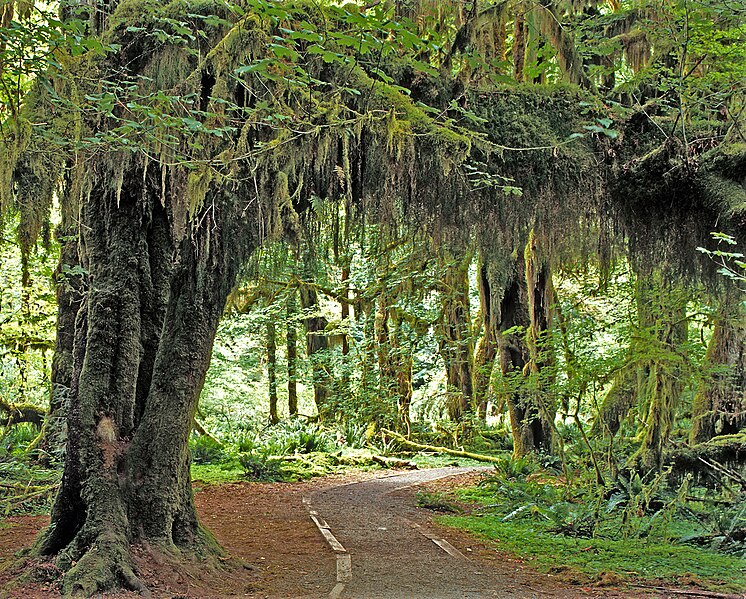
Olympic National Park covers 922,649 acres on the Olympic Peninsula in Washington State, showcasing a range of ecosystems, from temperate rainforests to alpine peaks and rugged coastlines. Established in 1938 and later designated a UNESCO World Heritage Site, it draws visitors with its diversity, from the lush Hoh Rainforest with moss-draped trees to Hurricane Ridge’s sweeping mountain vistas. Its coast features tide pools and sea stacks, offering a unique shoreline landscape. Wildlife, including elk, black bears, and countless bird species, thrives within its varied environments. The Olympic Mountains are capped with glaciers, enhancing the park’s natural beauty, while rivers carve through ancient forests. Hiking and wildlife viewing are popular activities, drawing those eager to explore nature’s range. Its varied landscapes provide a diverse and immersive natural experience. The old-growth forests and unspoiled coastlines of Olympic offer a rare look into untouched ecosystems. Visitors often find the park’s environmental diversity to be a highlight, with each area distinct in character and scenery.
Grand Canyon National Park, Arizona

Grand Canyon National Park covers 1.2 million acres in northern Arizona, home to the renowned Grand Canyon, a geological marvel stretching over a mile deep and 277 miles long. Established in 1919, it centers around the canyon’s breathtaking views and layered rock formations that reveal Earth’s ancient history. Hiking trails such as the Bright Angel Trail provide awe-inspiring perspectives, while rafting trips down the Colorado River attract adventurous visitors. It holds cultural significance for Indigenous tribes, including the Hualapai and Havasupai. It hosts diverse wildlife, from bighorn sheep to mule deer, adding life to its arid landscape. Scenic overlooks, particularly at sunrise and sunset, offer unmatched views of the canyon’s vibrant layers. This UNESCO World Heritage Site continues to captivate millions with its sheer scale and stunning beauty. Sunrises and sunsets here display brilliant color shifts, creating unforgettable views. Its towering walls and ancient geology highlight the power of natural forces over time.
Yellowstone National Park, Wyoming, Montana, and Idaho
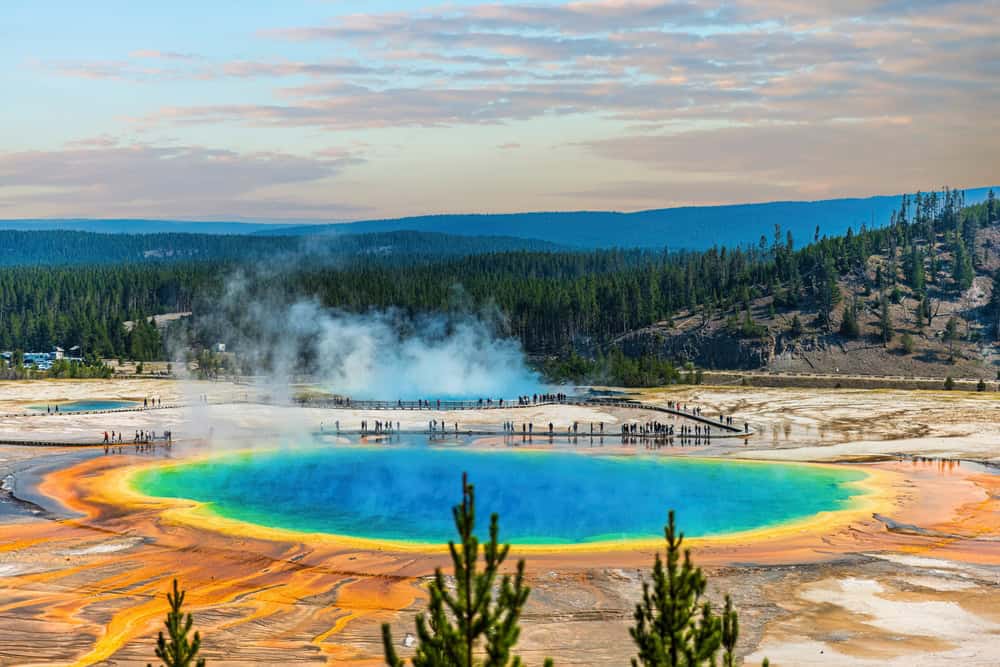
Yellowstone National Park covers over 2.2 million acres across Wyoming, Montana, and Idaho, making it one of the largest in the United States. Founded in 1872 as the world’s first national park, it is famous for its geothermal features, including the iconic Old Faithful geyser, as well as colorful hot springs like the Grand Prismatic Spring. Situated atop a massive volcanic hotspot, it boasts a unique landscape of geysers, mud pots, and fumaroles. Its rich ecosystems support abundant wildlife, from bison and elk to grizzly bears and wolves, making it a premier destination for animal enthusiasts. Visitors enjoy scenic drives, hiking trails, and fishing in its lakes and rivers. Its dramatic geothermal features and biodiversity make it a globally significant conservation area. Each season reveals new facets, from wildflower meadows in summer to snow-covered landscapes in winter. Its geothermal wonders make it a popular site for research and tourism, attracting millions of visitors annually. Its iconic status underscores its importance in both natural history and conservation.
Glacier Bay National Park and Preserve, Alaska
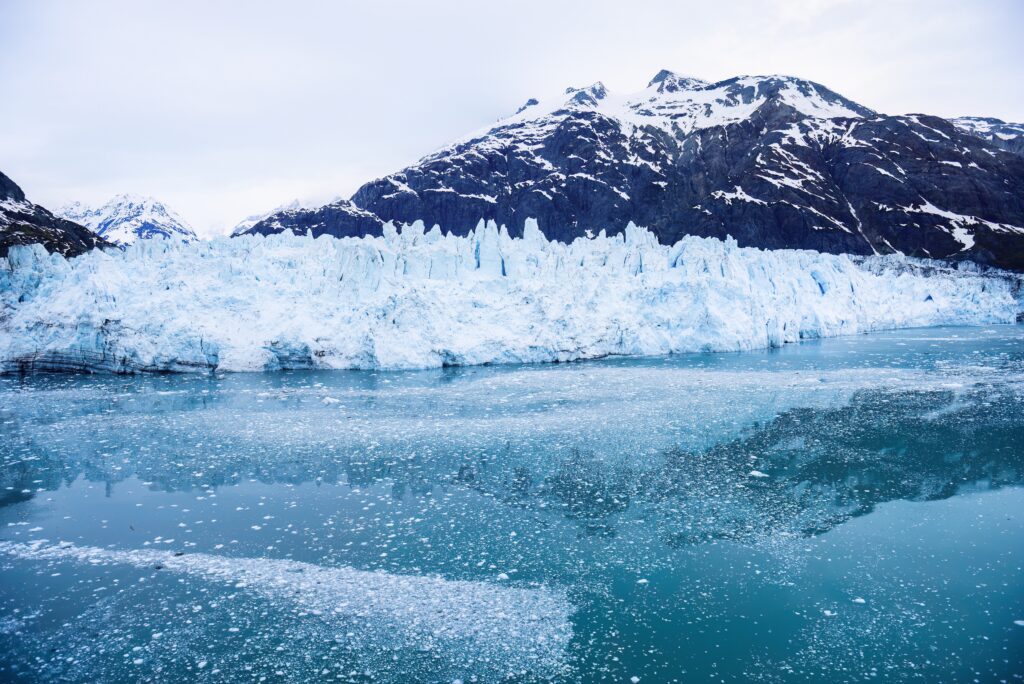
Spanning 3,223,383 acres in southeastern Alaska, Glacier Bay National Park and Preserve is celebrated for its icy fjords, marine wildlife, and striking tidewater glaciers. Designated as a national park in 1980 and a UNESCO World Heritage Site, it features the Margerie Glacier, known for dramatic calving events where ice chunks crash into the water. Accessible primarily by boat, it draws visitors for whale watching, with sightings of humpback whales, sea lions, and otters. Its glaciers and snow-covered peaks offer breathtaking scenery unique to Alaska. Its coastal terrain and diverse wildlife make it an appealing destination for kayaking and exploring the Alaskan wilderness. It is a true sanctuary for marine life and offers a rare look at retreating glaciers in a changing climate. Its remote beauty offers solitude and a glimpse into rapidly changing landscapes affected by climate shifts. Its wildlife and glacial features create a serene, memorable experience for visitors.
Death Valley National Park, California and Nevada
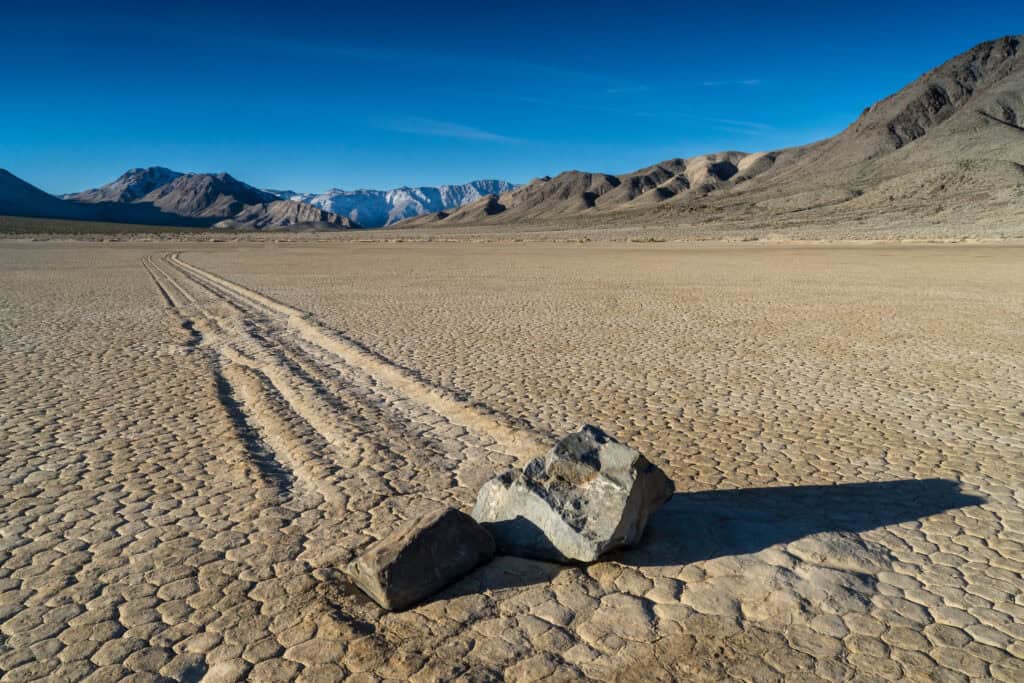
Death Valley National Park, stretching across 3.4 million acres in California and Nevada, is the largest national park in the contiguous United States. Known for its intense summer temperatures, it holds the record for the highest temperature ever recorded on Earth. Established in 1994, the park includes diverse landscapes, from salt flats below sea level to towering sand dunes and rugged mountains. The Badwater Basin, the lowest point in North America, sits at 282 feet below sea level. Despite its arid environment, it hosts a surprising variety of life, including desert-adapted plants, bighorn sheep, and coyotes. Visitors explore ghost towns, historic sites, and geological formations, making the park an alluring mix of beauty and harshness. Its unique terrain and surreal beauty continue to attract adventurers and nature enthusiasts. Its remote landscapes provide an otherworldly experience, from salt-crusted flats to dramatic mountain views. Its stark isolation and vast open spaces offer a striking contrast to more verdant parks.
Lake Clark National Park and Preserve, Alaska
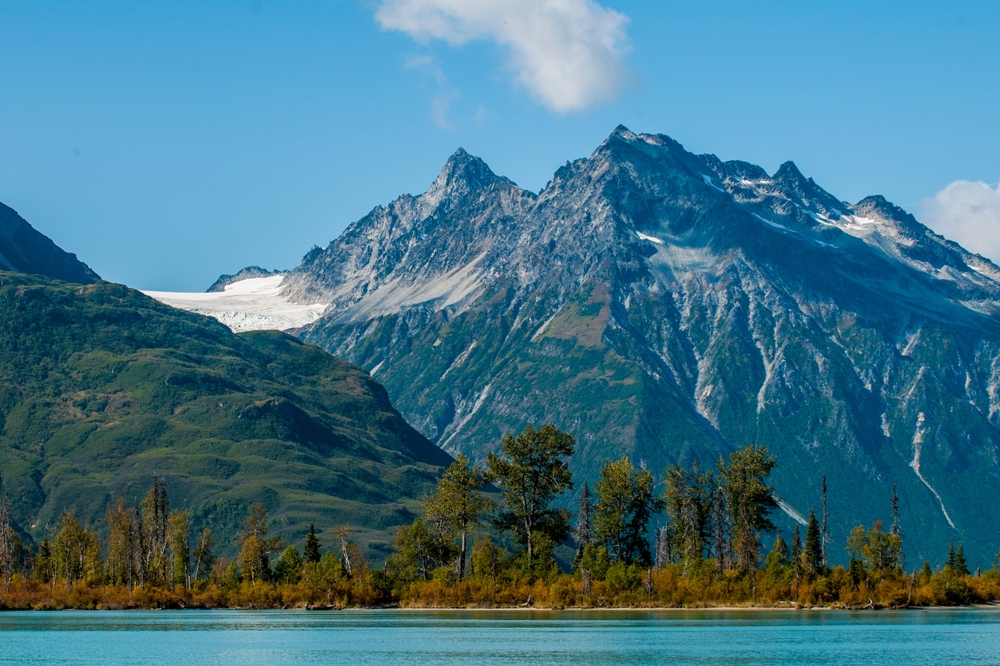
Lake Clark National Park and Preserve encompasses about 4,030,130 acres in southwestern Alaska, known for its active volcanoes, glaciers, and wild rivers. Established in 1980, it is renowned for its remote beauty, attracting those interested in fishing, kayaking, and bear watching. Its abundance of salmon draws brown bears each year, offering visitors exceptional wildlife viewing opportunities. Accessible only by boat or floatplane, it is one of Alaska’s hidden gems for adventurous travelers. Within its boundaries lies Mount Redoubt, an active volcano that last erupted in 2009. It supports diverse wildlife, including moose, caribou, and bald eagles, in habitats ranging from coastal areas to alpine tundra. The combination of cultural significance and natural beauty makes it an unparalleled destination in Alaska’s wilderness. Visitors enjoy solitude amid untouched landscapes, a draw for those seeking Alaska’s wild side. Its landscapes offer breathtaking views of volcanoes and glaciers, adding to its natural allure.
Katmai National Park and Preserve, Alaska
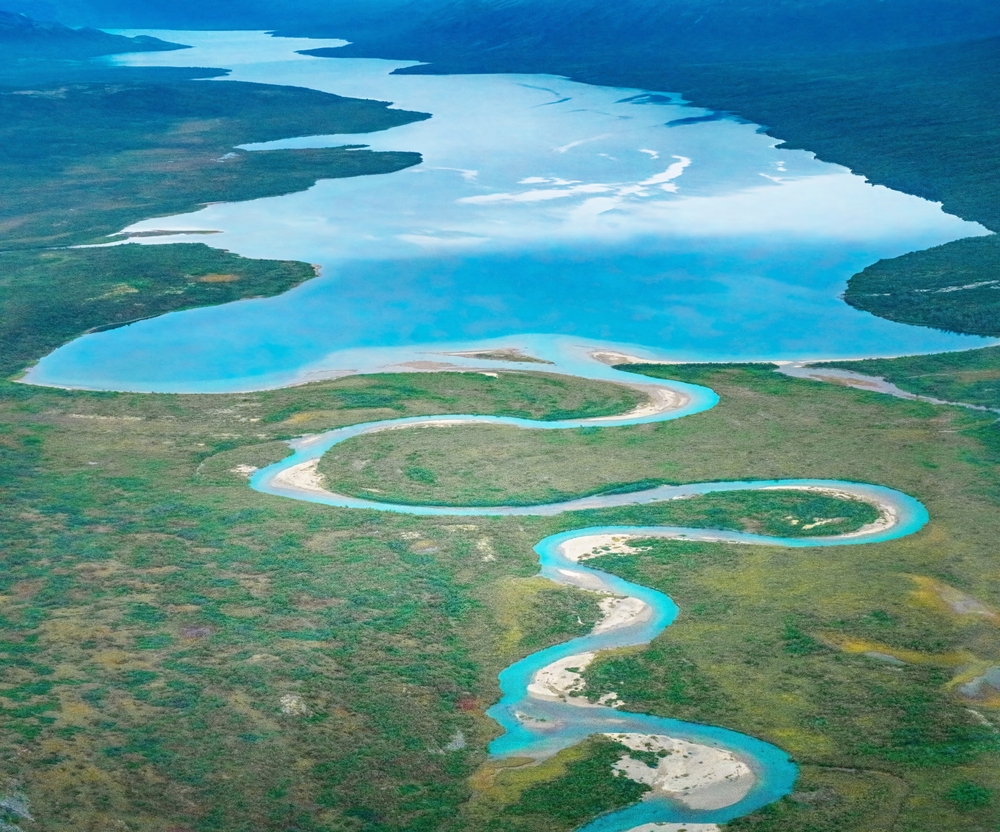
Katmai National Park and Preserve spans 4,093,066 acres in southern Alaska and is known for the Valley of Ten Thousand Smokes, created by a 1912 volcanic eruption. Designated in 1980, its rugged terrain includes active volcanoes, pristine lakes, and alpine tundra. It is particularly famous for Brooks Falls, where brown bears gather to feed on migrating salmon in the summer. Accessible mainly by small plane, its remote location attracts visitors seeking a rare and immersive experience with nature. Hiking, kayaking, and fishing are popular activities, with breathtaking views of Naknek Lake and other scenic areas. Its volcanic history and abundant wildlife make it an essential part of Alaska’s national parks. Visitors are encouraged to observe bears from a safe distance, maintaining harmony with the natural environment. Its vast wilderness provides a unique and unforgettable experience of Alaska’s wild beauty. Its focus on bear conservation has made it a key area for wildlife research and observation.
Denali National Park and Preserve, Alaska

Denali National Park and Preserve encompasses over 6 million acres in central Alaska and is home to Denali, North America’s tallest peak, at 20,310 feet. Established in 1917, it offers an array of landscapes, from boreal forests to tundra and rugged mountain ranges. It has a single road that allows limited vehicle access, preserving the untouched wilderness while offering scenic views of wildlife like moose and Dall sheep. Its bus system transports visitors through the park, emphasizing its commitment to conservation. During winter, dog sledding and skiing attract those eager to experience Alaska’s snow-covered backcountry. Its fall foliage and diverse wildlife make it a captivating destination for nature lovers. Its wild landscapes provide an unrivaled Alaskan adventure, from hiking trails to majestic views. Its mountain views have become a symbol of Alaska, drawing travelers and mountaineers worldwide. Its vast size and remoteness ensure a secluded, immersive wilderness experience.
Gates of the Arctic National Park and Preserve, Alaska
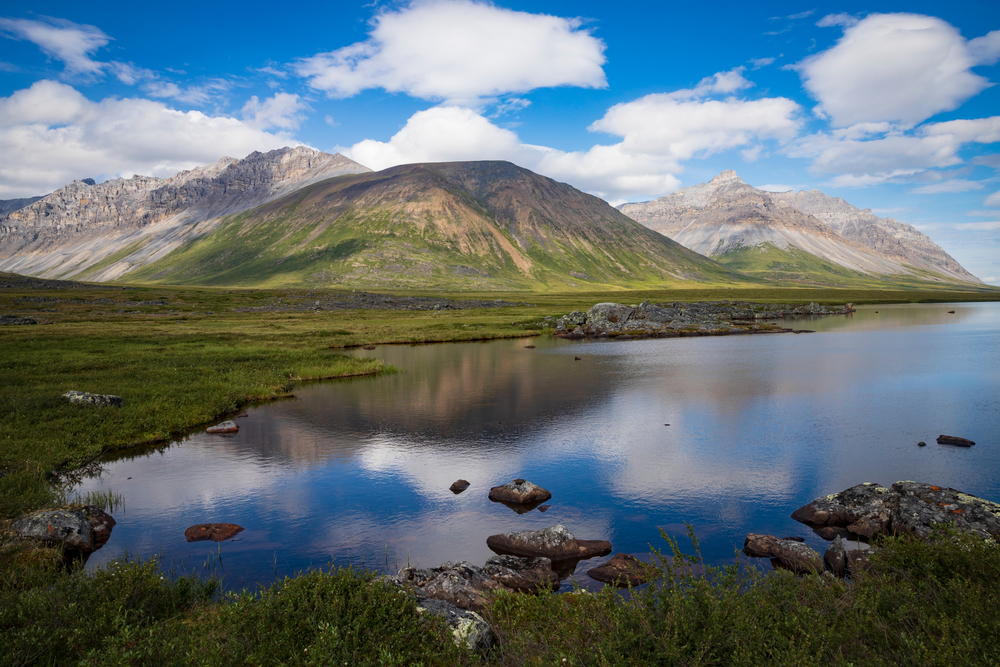
Gates of the Arctic National Park and Preserve spans 7,523,897 acres in northern Alaska, situated above the Arctic Circle, making it the second-largest U.S. national park. Established in 1980, it is known for its vast, undeveloped wilderness, as there are no roads, trails, or established campsites. The Brooks Range mountains add rugged beauty, while caribou migrations bring life to the tundra. Gates of the Arctic’s isolation means visitors arrive by air taxi or must backpack in, experiencing one of the last untouched landscapes in North America. Hiking, camping, and river rafting provide immersive experiences for adventurers. Its untouched terrain offers solitude and a profound connection to nature. For those seeking remoteness, Gates of the Arctic is a pure wilderness destination. Its raw beauty and lack of infrastructure attract fewer than 11,000 visitors each year. It remains one of the last truly wild frontiers in the United States.
Wrangell-St. Elias National Park and Preserve, Alaska
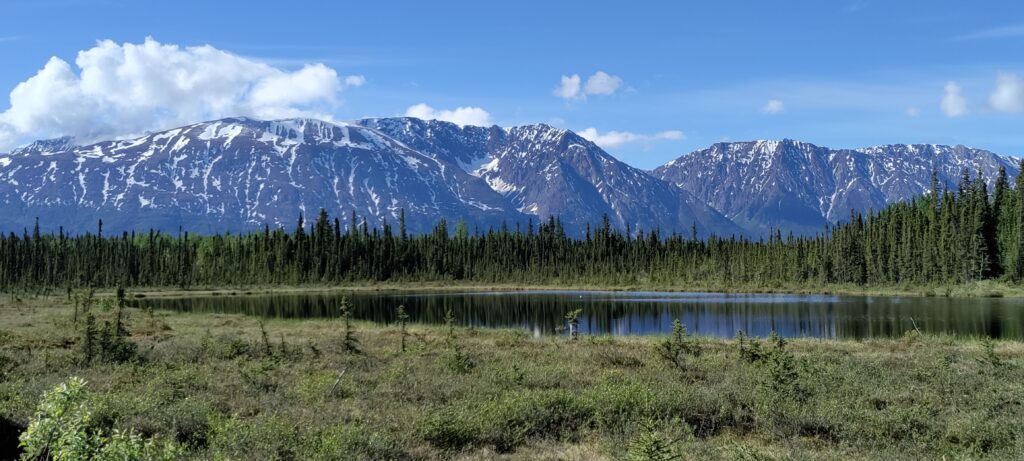
Wrangell-St. Elias National Park and Preserve is the largest national park in the United States, spanning an impressive 8,323,146 acres in southeastern Alaska. This park offers a diverse landscape, from coastal mountains and glaciers to rugged valleys, all with a remarkable range of wildlife, including grizzly bears, moose, and Dall sheep. Established in 1980, it is a UNESCO World Heritage Site, celebrated for its pristine wilderness and breathtaking scenery. It includes the Wrangell and St. Elias mountain ranges, which contain some of the highest peaks in North America. Many adventurers visit to explore the Root Glacier, embark on mountaineering expeditions, or experience the vast, untamed Alaskan wilderness. With minimal roads, access is often by small plane, allowing for a unique and remote experience. It is also one of the only parks where visitors can explore glacier-fed rivers. Its sheer size makes it comparable to the combined area of Yellowstone, Yosemite, and Switzerland. It is not only Alaska’s largest but also one of the least accessible parks in the nation, drawing visitors looking for solitude and challenge in the wilds of Alaska.
This article originally appeared on Rarest.org.
More from Rarest.org
15 Bizarre Geological Features Found in Remote Regions
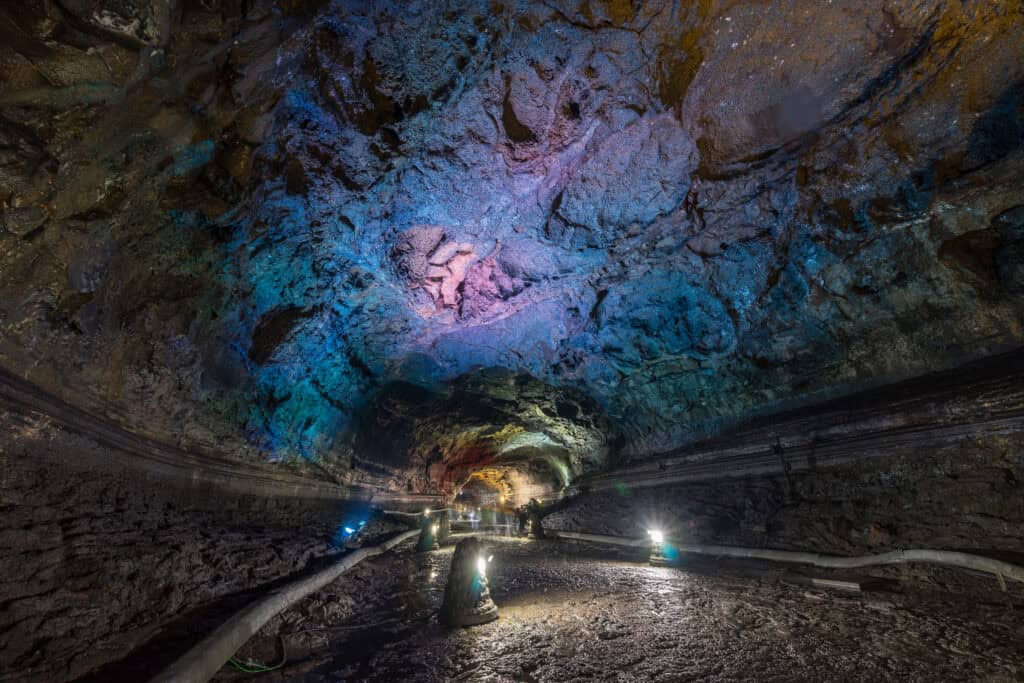
The world is filled with incredible natural wonders, but some of the most fascinating geological features are those tucked away in remote corners of the globe. These bizarre landscapes, shaped by millions of years of natural forces, captivate with their unusual formations and striking beauty. Read More.
22 Striking Reptiles with Unusual Color Patterns

Reptiles are known for their impressive variety, and some species boast truly striking color patterns. Their coloration not only serves a purpose in camouflage or mating but also highlights the incredible diversity of the reptile world. Read More.
14 Mysterious Lost Civilizations That Still Puzzle Historians
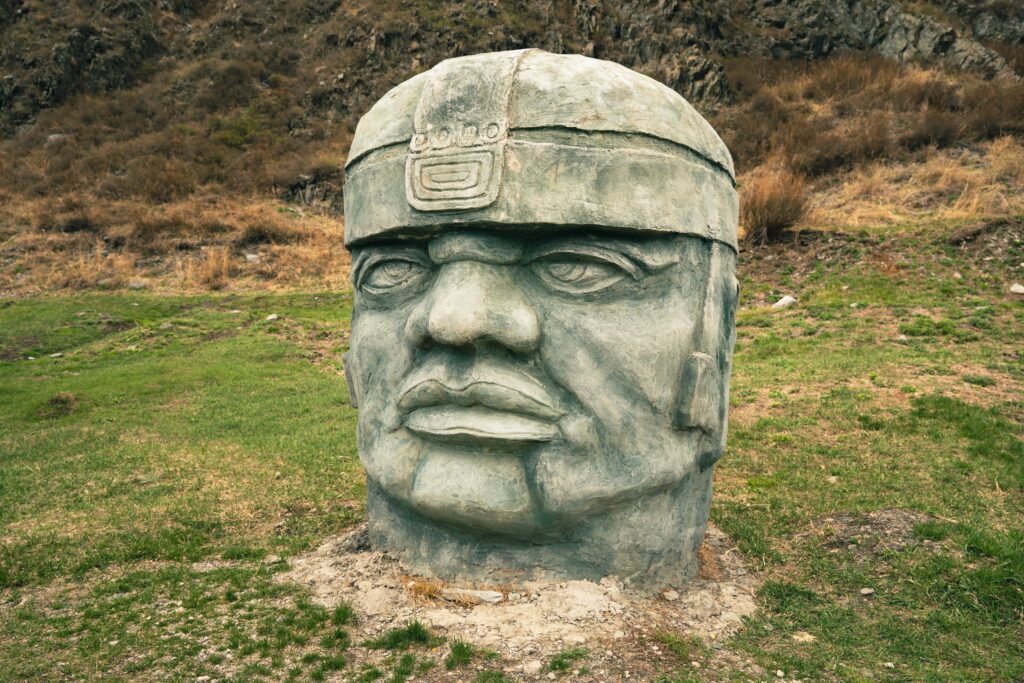
Throughout history, many civilizations have risen to greatness, only to mysteriously vanish, leaving behind ruins and unanswered questions. These lost cultures, once thriving and influential, continue to puzzle historians and archaeologists alike. Read More.
